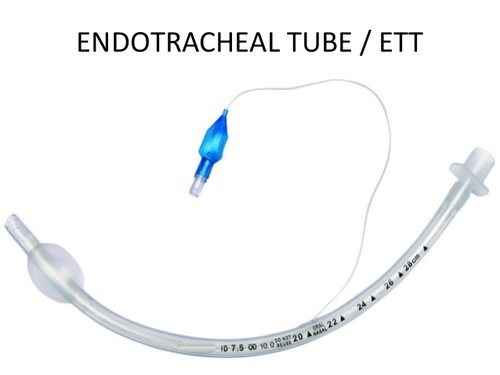
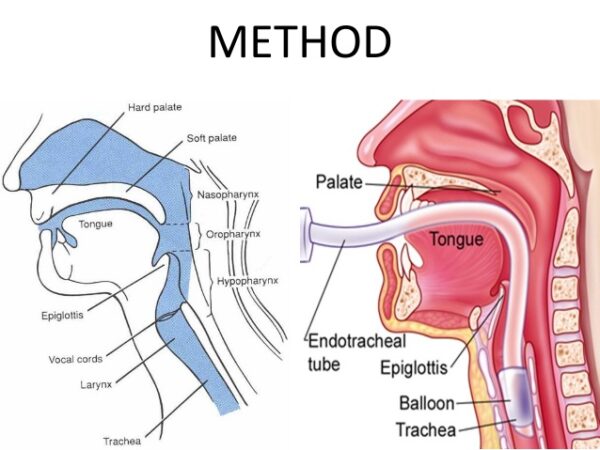
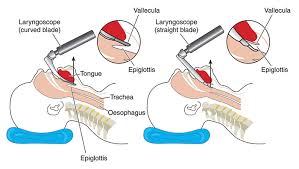
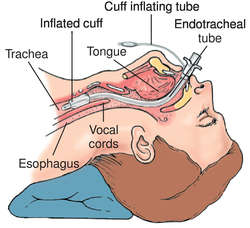
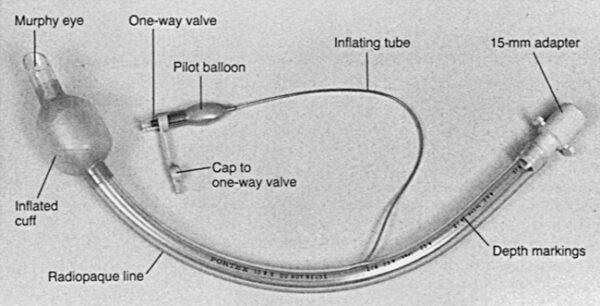
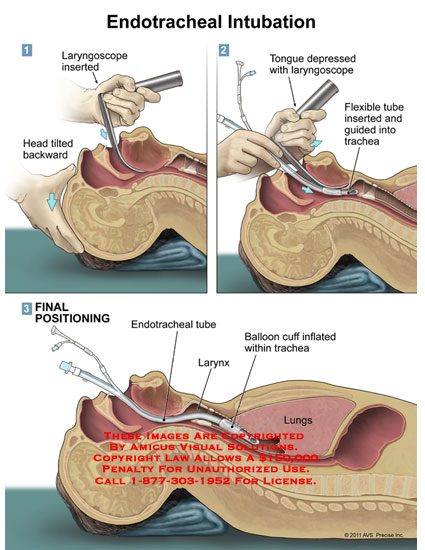
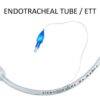
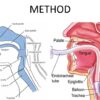
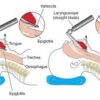

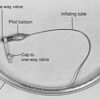
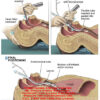
Endotracheal tubes are used in emergency situations to assist sedated patients in ventilation. They are placed in the trachea through the mouth and the cuff is inflated. State boards require doctors with sedation permits to carry an endotracheal tube in office due to the respiratory depression risk that sedatives pose.
$5.68 – $6.25
ENDOTRACHEAL TUBE; ETT
“Endotracheal” means “through the trachea”. It is a term that describes a breathing tube that is inserted into the lumen of the trachea. It is commonly called an ETT or ET tube. An endotracheal tube is an example of an artificial airway.
The word intubation means to “insert a tube”. Usually, the word intubation is used in reference to the insertion of an endotracheal tube.
An endotracheal tube is needed to mechanically ventilate a patient. Each breath is pushed into the endotracheal tube and into the lung.
Patients may need an endotracheal tube for one of several reasons. Endotracheal intubation is done to:
A soft donut shaped balloon is located around the outside of the endotracheal tube. This is called the “cuff.” The cuff is inflated with air, and serves two purposes. First, it reduces the number of oral sections that can travel down the outside of the tube and into the lung. This is important because inserting an endotracheal tube into the airway will “wedge” the epiglottis into an open position. Although the cuff reduces the amount of secretions that can enter the lung, it does not completely prevent it.
The second reason for the cuff is to keep any mechanical breaths from leaking out of the lung around the tube. When we give a patient a breath with positive pressure, we want the breath to go in and out through the tube. Without a cuff, the breath would go in the tube but part of it would escape around the cuff before it was able to reach the lung.
As long as the patient has an endotracheal tube in place, the cuff will need to be inflated. An inflated cuff will prevent the patient from being able to speak. Speech is produced when we exhale air through the vocal cords, causing them to vibrate. Because the cuff blocks the flow of air around the tube, speech is not possible.
Once the tube is removed (called extubation), the patient will be able to speak. The voice may sound hoarse and the patient may have some throat discomfort for the first few days.
| ETT SIZE | Size 6.0, Size 6.5, Size 7.0 |
|---|